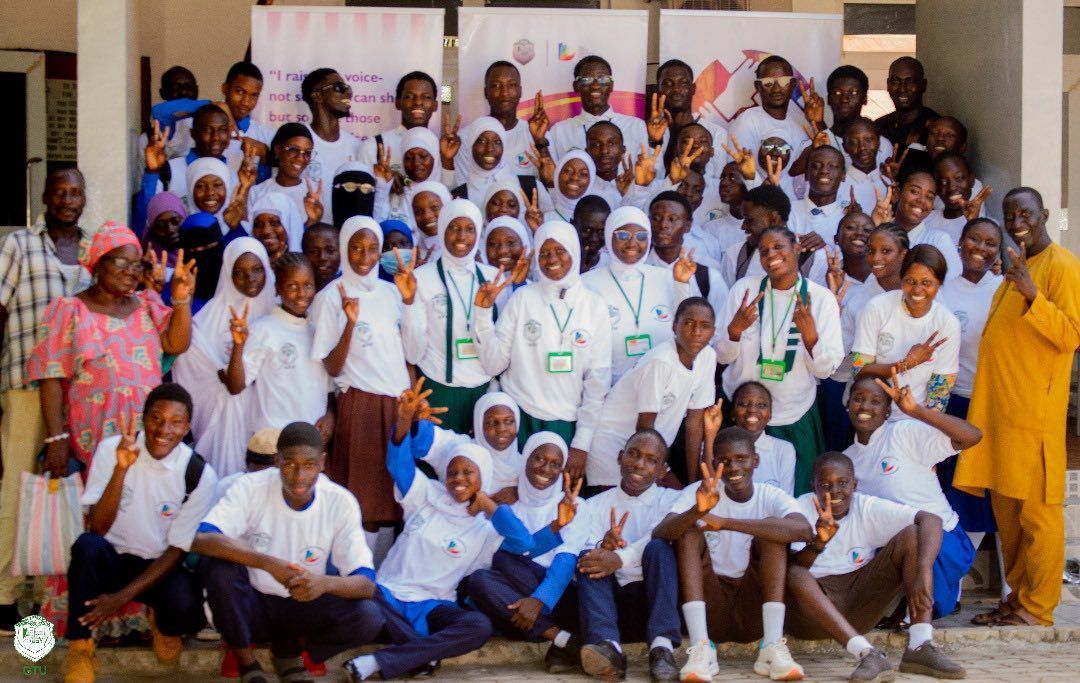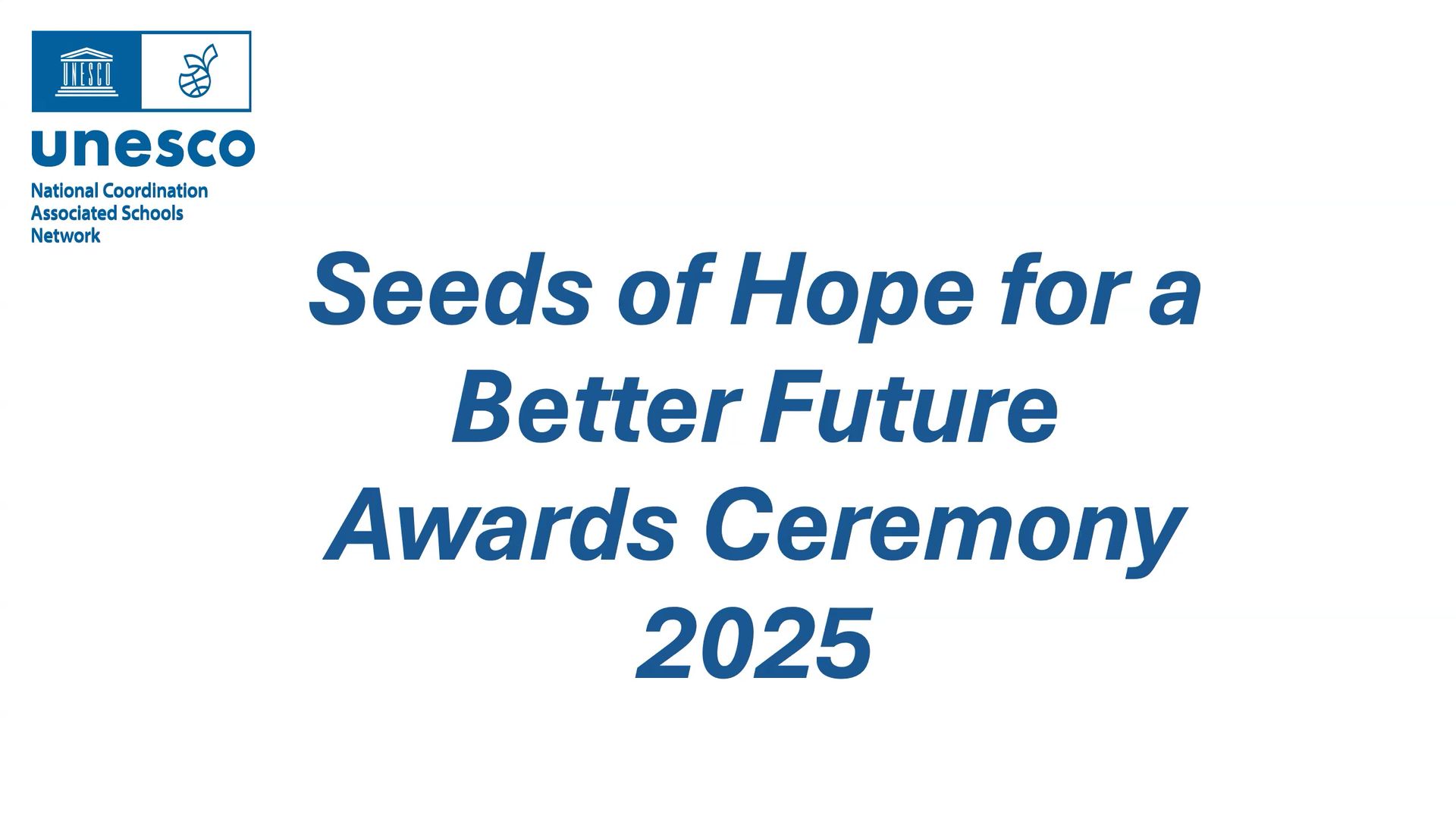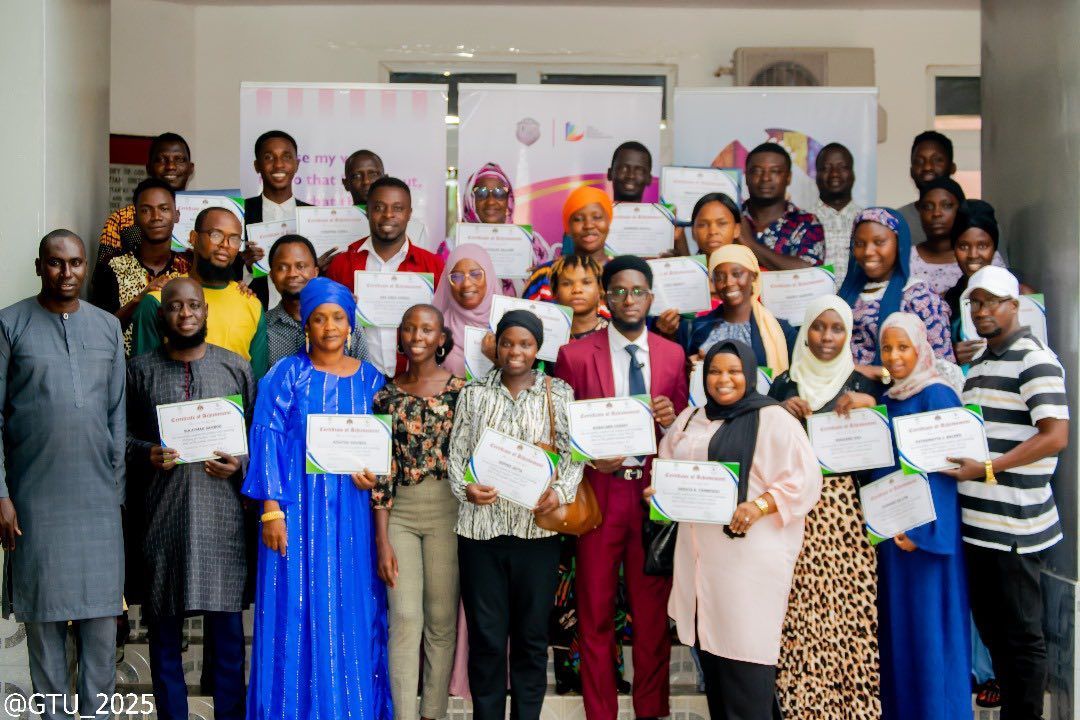Crisis upon a crisis: COVID-19 and the education emergency
Zoe Cohen is the Secretariat Coordinator of the International
Parliamentary Network for Education (IPNEd), the first global
parliamentary network dedicated to education. IPNEd seeks to grow
and deepen political understanding of and commitment to inclusive
and equitable quality education for all.
In mid-April 2020, 1.6 billion children and young people found their
education disrupted. The spread of the COVID-19 pandemic forced
schools and education institutions across the world to close, leaving
learners in over 190 countries to contend with severe interruptions to
their education.
As countries across the world have implemented pandemic-response
strategies, the return to, or continued closure of, schools has remained
contentious. The International Parliamentary Network for Education
(IPNEd) has been supporting MPs to navigate the implications of
COVID-19 for education. Whilst there is no zero-risk strategy for the
reopening of schools, a lot can be done to ensure they are safe places
to learn.
In Argentina, IPNEd member Diputada Brenda Lis Austin has led a
powerful campaign for the return of face-to-face teaching 1, and on
17 February 2021 children from five of Argentina’s regional districts
began to return to school for the first time in almost a year 2. In some
countries, school reopening was strongly prioritised in government
response plans. Sierra Leone, for example, supported by learnings
from the 2014 Ebola outbreak, authorised the reopening of all schools
by 5 October 2020 3.
However, for millions of children, the reopening of schools does not
mean a return to learning. Prior to the outbreak of COVID-19, 258
million children and young people were already out of school 4.
Characteristics including gender, disability and ethnicity have played
a significant role in children’s likelihood to attend and remain in
school. Moreover, 330 million children were in school but not learning
the basics 5.
Children affected by displacement, crises and emergencies face
additional and protracted obstacles to education. In 2019, over half of
all school-age refugee children were out of school 6.
Projections have found that the pandemic will substantially increase
the number of children out of school for the first time in decades. The
Malala Fund has estimated that half of refugee girls in secondary
school will not return to school due to COVID-19 7.
For most children around the world, COVID-19 presented an
unprecedented education emergency. For refugee and crisis-affected
children, disrupted learning is commonplace. For these children,
COVID-19 is a crisis upon a crisis.
Although the global recovery from the pandemic remains
unpredictable, education responses must build on lessons from
COVID-19 to strengthen education system resilience, implement
learner-centred remedial programmes, and retain a focus on the
children left furthest behind.
International support for and investment in Education Cannot Wait,
the only global fund dedicated to education in emergencies and
protracted crises, will also be crucial to securing an equitable return
to learning.
Political leadership at each of the national, regional and international
levels will be vital to ensuring a sustainable recovery from COVID-19.
IPNEd is supporting parliamentarians to champion education,
reaching across political divides, regions and the world. In the National
Assembly of Pakistan, for example, IPNEd Regional Representative for
Asia, MNA Mehnaz Akber Aziz, has been working with her colleagues
to advocate for the prioritisation of education and the furthest behind
in the COVID-recovery.
In a post-COVID world, the political will to ensure children can access
learning must be redoubled.
For marginalised children, and particularly those affected by crises
and emergencies, COVID-19 has not created an education emergency,
it has exacerbated a pre-existing one.
IPNEd is working with MPs to ensure that as the world recovers from
the global health crisis, the education emergency is not forgotten.
With less than a decade left to achieve SDG 4, a generation of children
may never return to school. The international community must come
together and redouble our commitment to ensuring the return to
school and learning truly is, for all.
1
twitter.com/brendalisaustin/status/1359294032376180738?s=20
2
batimes.com.ar/news/argentina/schools-in-argentina-finally-re-open-doors-for-students.phtml
3
snradio.net/ministry-of-basic-education-issues-official-school-re-opening-guidelines/
4
uis.unesco.org/en/topic/out-school-children-and-youth
5
report.educationcommission.org/wp-content/uploads/2016/09/Learning_Generation_Full_
Report.pdf
6
www.unhcr.org/steppingup/wp-content/uploads/sites/76/2019/09/Education-Report-2019-
Final-web-9.pdf
7
www.globalpartnership.org/blog/displacement-girls-education-and-covid-19
Article from Engage issue 22.
BY ZOE COHEN • July 9, 2021

In our continued commitment to ensuring quality and inclusive education for every child, we’ve taken our advocacy to a new level by empowering the next generation to lead the conversation. In partnership with The Gambia Teachers Union, we recently convened the Foundation’s Young Ambassadors for a vibrant day of engagement dedicated to promoting the right to education for all. The event brought together passionate students from selected senior secondary schools across Region One, including St. John’s School for the Deaf, to explore what it truly means to make education inclusive, equitable, and accessible to every learner.

The Steve Sinnott Foundation is proud to celebrate the inspirational winners of the 2025 Seeds of Hope for a Better Future competition, a global initiative supported by UNESCO that brings together creativity, community, and a shared commitment to peace and sustainability. This unique project invited schools across the world from nursery and primary through to secondary and high school to explore the values of peace, cultural understanding, and care for the planet. In the face of climate change, young people were asked to tell their stories through art, performance, and digital creativity, highlighting how small seeds of action can grow into powerful movements for hope. The results have been extraordinary. Schools in France, the UK, Gambia, Haiti, and Kenya have been recognised for their outstanding contributions, with projects ranging from community gardens and sculptures to dance performances and illustrated stories. Each winner has shown how young voices and imagination can nurture peace and sustainability in ways that inspire us all. The full Awards Ceremony can be watched linked here: S eeds of Hope For A Better Future Awards Ceremony 2025 Highlights from the Winners Oak View Primary and Nursery School (UK) created Faces of Feeling, a collection of joyful sculptures already exhibited in a local gallery. Judges praised their work as supporting the wellbeing of others and embodying the idea of children as true “Seeds of Hope.” St Joseph’s Senior Secondary School (Gambia) painted Campaign for a Sustainable Banjul , reflecting real-world climate action in their city. The judges described it as “a most deserving and robust winner.” In France , the Jardin d'Enfants des Nations Unies (United Nations Nursery School) won hearts with Wind of Peace , where 5-6 year olds combined drawings, paintings, and tree planting to champion reforestation. Lyng Hall Secondary School, Coventry (UK) collaborated with Henley Green Primary and the UK Literacy Association to produce The Heart Shaped Hole – an innovative and metaphorical take on Seeds of Hope. Earlsdon Primary School, Coventry (UK) impressed with Primary Plot , a project that included gardening with the visually impaired, reflecting inclusivity and sustainability. A remarkable cross-collaboration between 21 schools across West Yorkshire, Essex, and Tower Hamlets (UK) resulted in Lights, Camera, Score , an ambitious combination of animation, music, and storytelling. CIMA Community School of Hope, Haiti shared Konbit - a video of dance and solidarity, inspiring villages to work together for peace and dignity. Daraja Academy, Kenya presented an ambitious and optimistic project integrating sustainability into everyday school life. Celebrating Creativity and Peace This year’s competition was judged by an impressive panel of artists, writers, and cultural leaders including Sir Antony Gormley, Edmund de Waal, Dame Liz Forgan, Hugh Quarshie, and Rathna Ramanathan. Their collective expertise highlighted the quality and depth of the entries, each of which showed how art can be a powerful tool for global understanding and change. The Seeds of Hope initiative is part of UNESCO UK’s Arts and Culture for Peace programme, first launched in 2022. It has grown from earlier collaborations such as the Coventry Young Ambassadors’ Islands of Peace Japanese Garden , opened in 2021 a living reminder that seeds planted in communities can continue to flourish. Highlights from the ceremony can be found here at this playlist Looking Ahead As Ann Beatty, UNESCO ASPnet UK National Coordinator , shared: “The quality of entries was extraordinary. We are delighted at the response to this amazing initiative in collaboration with our international partners.” And in the words of judge Jannette Cheong : “Young people around the world understand well the value of peace and tolerant relationships between cultures. Their creativity is an inspiration to all of us.” At The Steve Sinnott Foundation, we believe that education is the seed from which hope grows. The Seeds of Hope competition is a shining example of how young people through creativity, compassion, and collaboration are already shaping a more peaceful and sustainable future. You can access the full online awards presentation here: Seeds of Hope For A Better Future Awards Ceremony 2025

The journey to strengthen the well-being and success of learners in The Gambia continues with a renewed commitment to guidance and counselling in schools. By August 14th 2025, we have successfully trained 140 educators across 𝐑𝐞𝐠𝐢𝐨𝐧𝐬 𝟏, 𝟐, 𝟑 & 𝟒 under our Guidance & Counselling Programme. A programme designed to equip educators with the skills to support students’ academic, social, and emotional development. Region 3 Teachers Complete Level 2 Training On Wednesday, 6th August, thirty teachers from Region 3 (North Bank Region) began a three-day Level 2 Guidance and Counselling training at the Christian Council in Kanifing. This programme built on their earlier Level 1 training in Farafenni, with a focus on deepening their capacity to serve as school-based counsellors. The training concluded with a certificate presentation ceremony, recognising the teachers’ commitment and marking an important step in their professional development. These certificates symbolize more than an achievement; they represent each teacher’s readiness to provide psychosocial support, guidance, and mentorship to learners across their schools.

